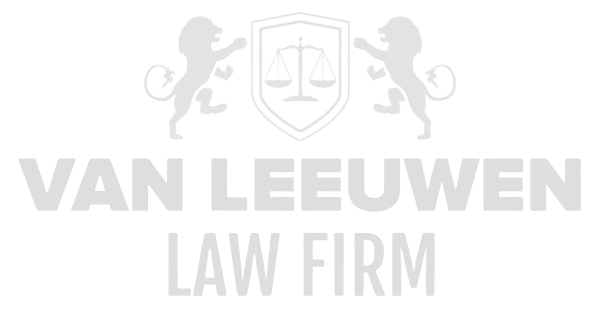Attorney Bas A.S. van Leeuwen is a skilled negotiator who excels in navigating and securing favorable terms through adept negotiation techniques. He prioritizes amicable solutions, emphasizing cooperation and constructive outcomes over prolonged legal battles. Van Leeuwen approaches negotiations with a holistic perspective, considering both immediate legal implications and broader contexts.…
Read moreAttorney Bas A.S. van Leeuwen distinguishes himself in the legal arena with a strategic and thorough approach to litigation. Whether navigating criminal courts, administrative tribunals, or civil proceedings, he leverages his expertise to advocate for the rights and interests of his clients. Known for his meticulous preparation, van Leeuwen’s litigation…
Read moreNarcistische persoonlijkheidsstoornis (NPS) is een complexe en ernstige psychische aandoening die wordt gekenmerkt door een diepgaand patroon van grootsheid, behoefte aan bewondering en gebrek aan empathie voor anderen. Mensen met NPS hebben vaak een overdreven gevoel van eigenwaarde, geloven dat ze speciaal zijn en dat ze unieke privileges en erkenning…
Read moreCompliance with the Corporate Sustainability Reporting Directive (CSRD) involves organizations meeting the reporting requirements and deadlines outlined in the directive.…
Read moreCompliance with the Corporate Sustainability Reporting Directive (CSRD) involves organizations meeting the reporting requirements and deadlines outlined in the directive.…
Read moreThe scope of the reporting requirements under the Corporate Sustainability Reporting Directive (CSRD) encompasses various aspects of sustainability reporting. The CSRD extends reporting obligations to a wide range of organizations, including large public-interest entities (PIEs) and certain smaller companies. In summary, the CSRD expands the scope of sustainability reporting by…
Read moreIt's important for organizations to address the challenges of CSRD while leveraging the opportunities to integrate sustainability into their corporate culture and create value for all stakeholders. A strategic approach to compliance can help organizations overcome these challenges and maximize the benefits.…
Read moreIt is important to note that CSRD compliance requires ongoing adherence and improvement, as sustainability reporting is an evolving and complex process. Engaging experts in sustainability reporting and governance can assist organizations at each stage of the approach and ensure effective compliance with the CSRD.…
Read moreEarly compliance with CSRD standards is not only an obligation but also presents opportunities for growth, improved performance, and value creation in both financial and societal aspects. It can help organizations better prepare for the increasing focus on sustainability in the business world.…
Read moreThe Task Force on Climate-related Financial Disclosures (TCFD) is an international working group established by the Financial Stability Board (FSB), an international body focused on financial stability. The TCFD's purpose is to promote transparency regarding climate-related financial risks and opportunities. The TCFD has developed guidelines that organizations, both companies and…
Read more


